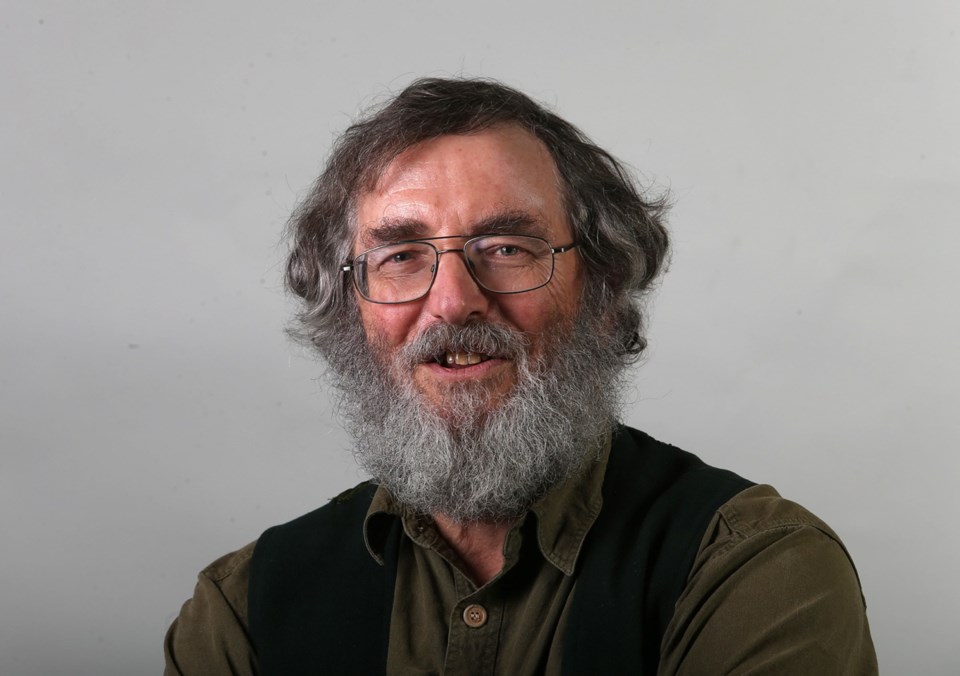The trigger for the weekly columns I have written over the past four years was an editorial on prevention in the Times Colonist in November 2014.
In my response I wrote that: “In focusing on prevention in primary care, its prescription did not go far enough.” Fast forward four years to a commentary from Leah Hollins, chair of the board of Island Health (“Health care means more than hospitals,” Jan. 2); in response, I am tempted to just reprint my first two columns — “Health care a small part of true health” and “What makes us healthy? Hint: It’s not health care.”
For while there is much that is welcome in what Hollins writes, as was the case four years ago, it does not go far enough. I agree that “we have to think and act more holistically when we think about the health of the population,” and that “keeping people healthy and thriving at home” and “working to take pressure off our hospitals” should be the aim. The strong commitment to primary and community care and addressing the inequalities in health experienced by Indigenous people is welcome.
But two key elements of a holistic approach are missing. An old adage is that if your bath is overflowing, you should first turn off the tap, or at least reduce the inflow. For the health-care system, there are two taps that need to be turned off. The first is to reduce the burden of disease and injury (and “dis-ease” — the mental and emotional discomforts of life) that the health-care system has to deal with in the first place, by keeping people healthy and safe.
The second is to reduce the demand for care by improving people’s capacity for self-care — a term that was not even used in her commentary. Here I focus on strengthening Island Health’s approach by improving population health and reducing the burden of diseases to which the system has to respond; I will address self-care next week.
With respect to population health, much more is needed than the simplistic call to practise healthy living that comes at the end of the op-ed. A mountain of evidence tells us that unhealthy behaviours are shaped by our social, economic and physical environments, our living and working conditions and the disgraceful marketing of unhealthy products. To simply shrug this off as a matter of personal choice and behaviour is unacceptable.
Instead, we have to address the upstream determinants of our health. One of the most important of these is poverty and inequality, and Island Health sees the evidence of the health impacts of poverty and inequality every day. But oddly, while correctly recognizing the inequalities in health experienced by Indigenous people, there is no apparent recognition that inequalities in health are experienced across the entire population by many other groups.
So if Island Health is serious about reducing the burden of disease and taking pressure off its hospitals, it needs to be publicly advocating for, encouraging and supporting poverty-reduction strategies.
The board must also adopt an active partnership role, working with and supporting the many other sectors whose actions affect the health of the population more than does health care.
There are other important population-health issues that are not addressed in Island Health’s commentary, including the built environment, climate change and other worrisome ecological changes. In addressing these and other population-health issues, the board should turn to its public-health staff, the only staff whose sole function is to protect and promote the health of the population.
Given the need to reduce the burden of disease, you would think Island Health would invest in population and public-health activities that address these upstream determinants of health. Yet in 2017-18, population health and wellness got a mere 2.6 per cent of Island Health’s expenditure, down from 2.8 per cent in 2011-12; meanwhile, acute care received 55.3 per cent, up from 54 per cent in 2011-12.
I will believe Island Health is serious about improving the health of the population when I see it speaking out about and taking action on the upstream determinants of health and investing in and strengthening its population- and public-health capacity.
Dr. Trevor Hancock is a retired professor and senior scholar at the University of Victoria’s School of Public Health and Social Policy.



